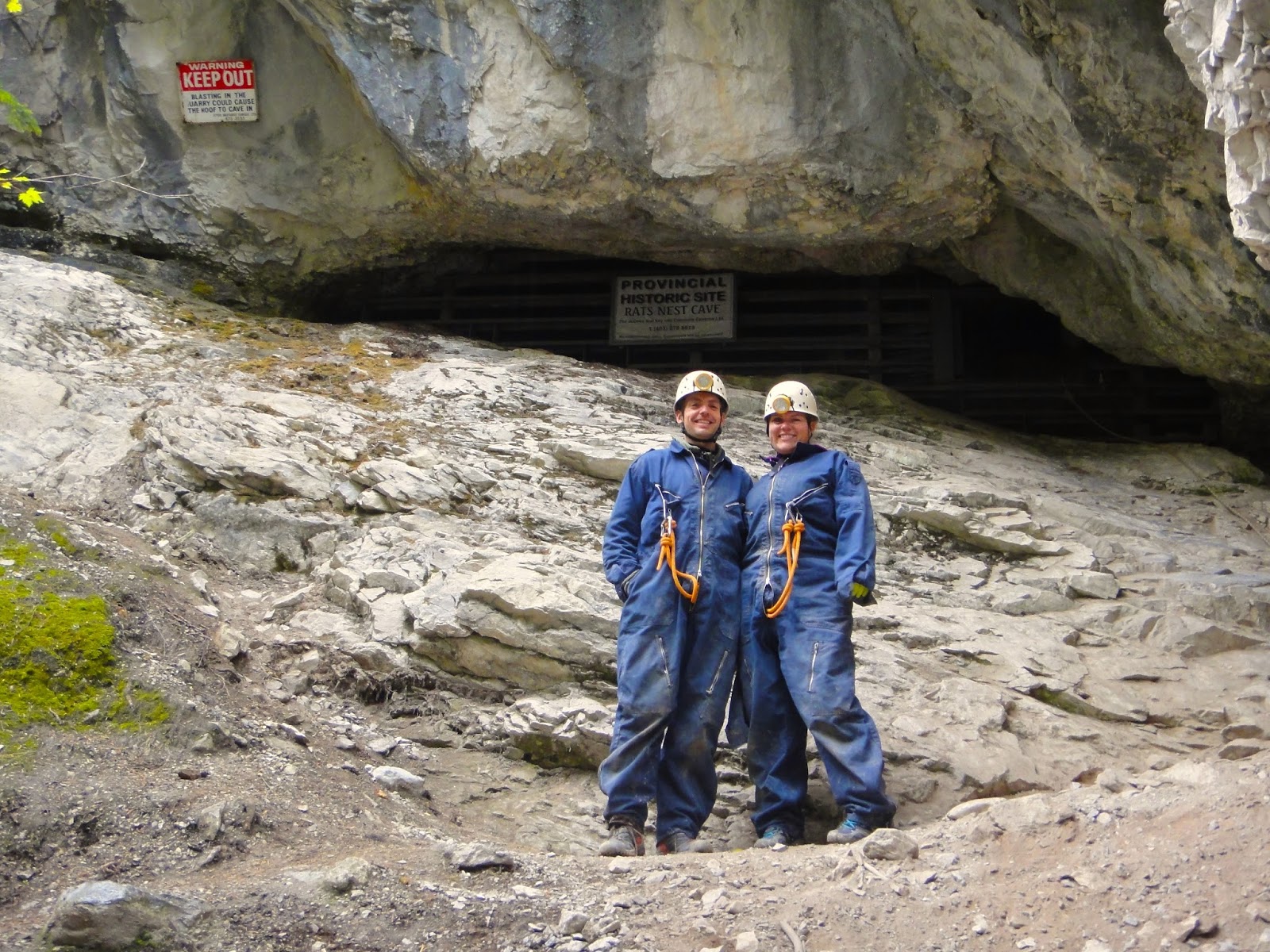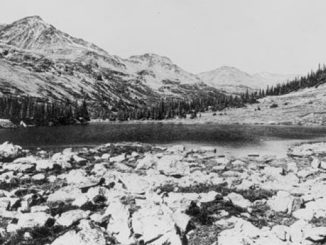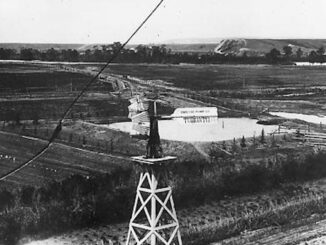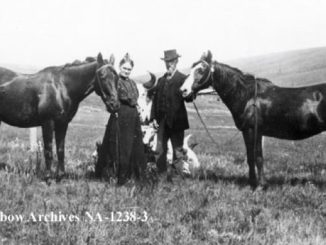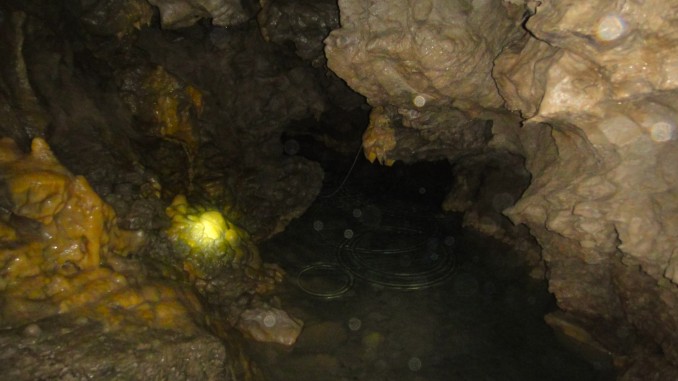
I found myself in a precarious position. Lying on my stomach, face in the dirt, sandwiched between limestone on all sides. Swallowed in darkness, except for the beam of light projecting from my headlamp. Moments before I had been reassured that I would fit through this narrow opening in solid rock, but now feeling the squeeze my mind started having serious second thoughts. What if I am truly stuck? What happens if my headlamp runs out of batteries? Is something living down here? I can’t reach my snacks! I could barely hear the muffled voices on the other side of the rock wall. What were they saying? Were they formulating a plan to dislodge me or were they just laughing at my boots, desperately flailing in an attempt to gain traction? Maybe I’d never know. I can’t believe I got myself into this. Why did I enter the Rat’s Nest?
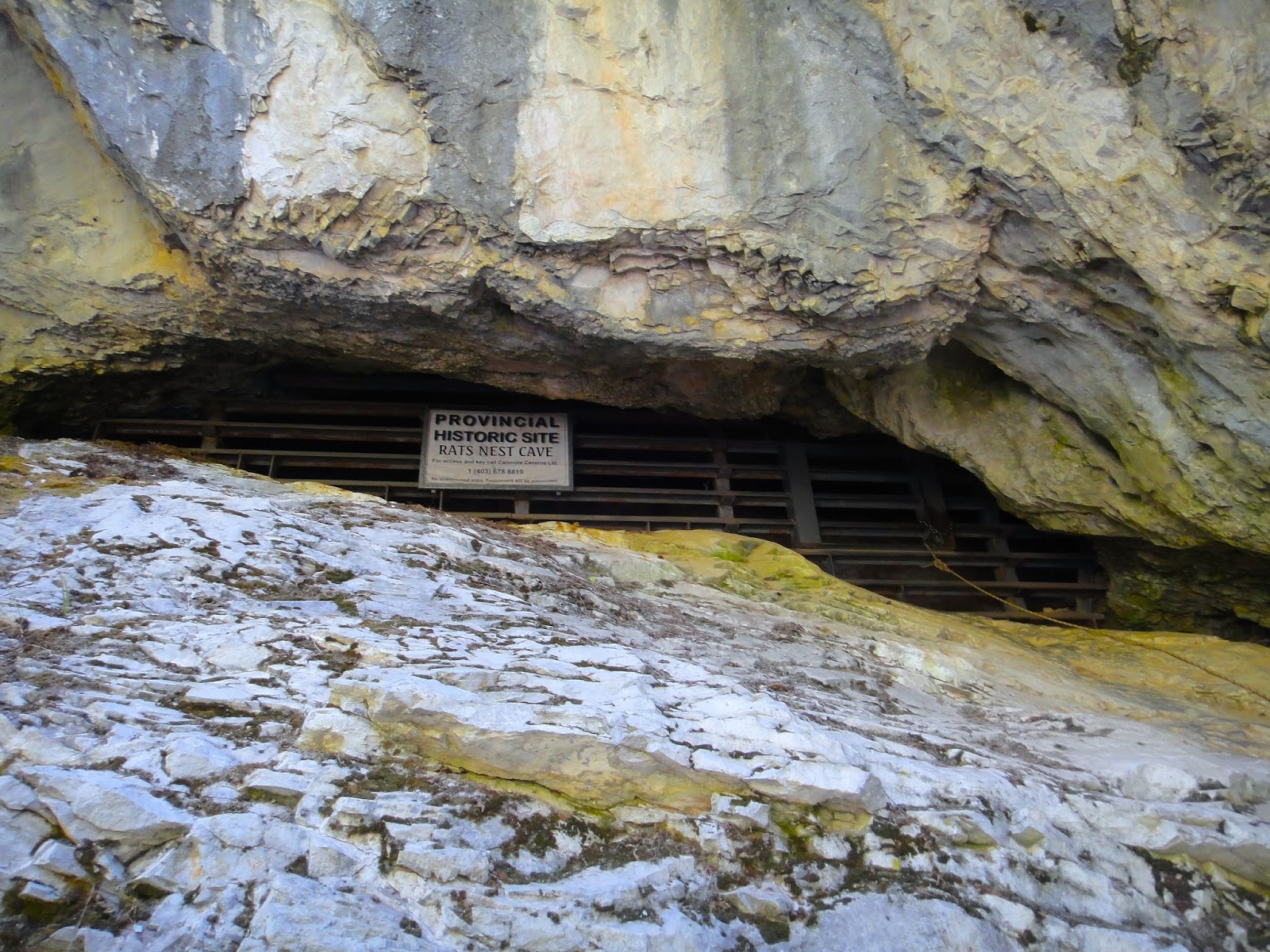
If you’re anything like me you venture west to the mountains on a regular basis. You might hike, camp, bike, ski, paddle, or some combination thereof. Not that any of those aforementioned activities ever get boring, but sometimes it’s nice to try something different. Something out of the ordinary. Something to push you outside your comfort zone. Enter Canmore Cave Tours; a company that provides guided outings to Rat’s Nest Cave. The cave, one of the longest in Canada, is located below Grotto Mountain; the limestone monolith that sits east of Canmore. The mountain is likely better known for the popular hiking trail through Grotto Canyon than it is for its subterranean cave. The cave is currently ranked the 13th longest (4,005 metres) and 18th deepest (245 metres) in Canada.
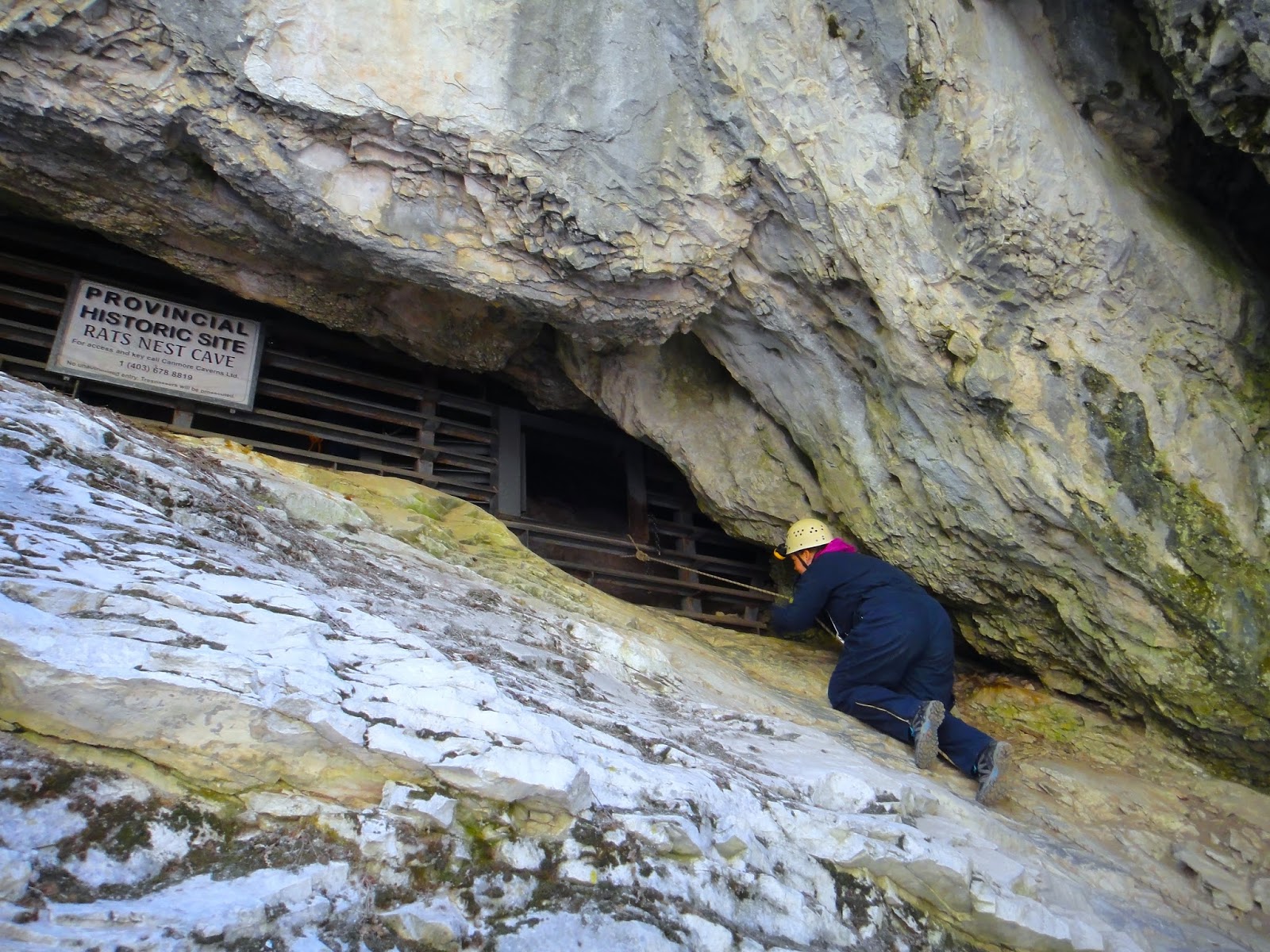
Canmore Caves Tours was started by Dr. Charles “Chas” Yonge back in 1985 and was the owner and operator for 25 years before selling to Adam Walker, the company’s current owner. Rat’s Nest Cave was first “discovered” in 1972, but there is ample evidence to suggest human presence as far back as 3,000 years. The exterior entrance was once adorned with pictographs, now indistinguishably faded. There is also a solitary figure depicted on the interior ceiling; a Medicine Man. Although almost indecipherable it’s believed this painting is related to the more famous pictographs in Grotto Canyon, as well as the Medicine Man that’s portrayed near Grassi Lakes. The cave was first opened to guided expeditions in 1992 and Canmore Cave Tours has been going strong ever since; guiding up to 5,000 people through the cave each year. For some additional information on close-related pictographs in the area please read my previous story titled, Hunting History.
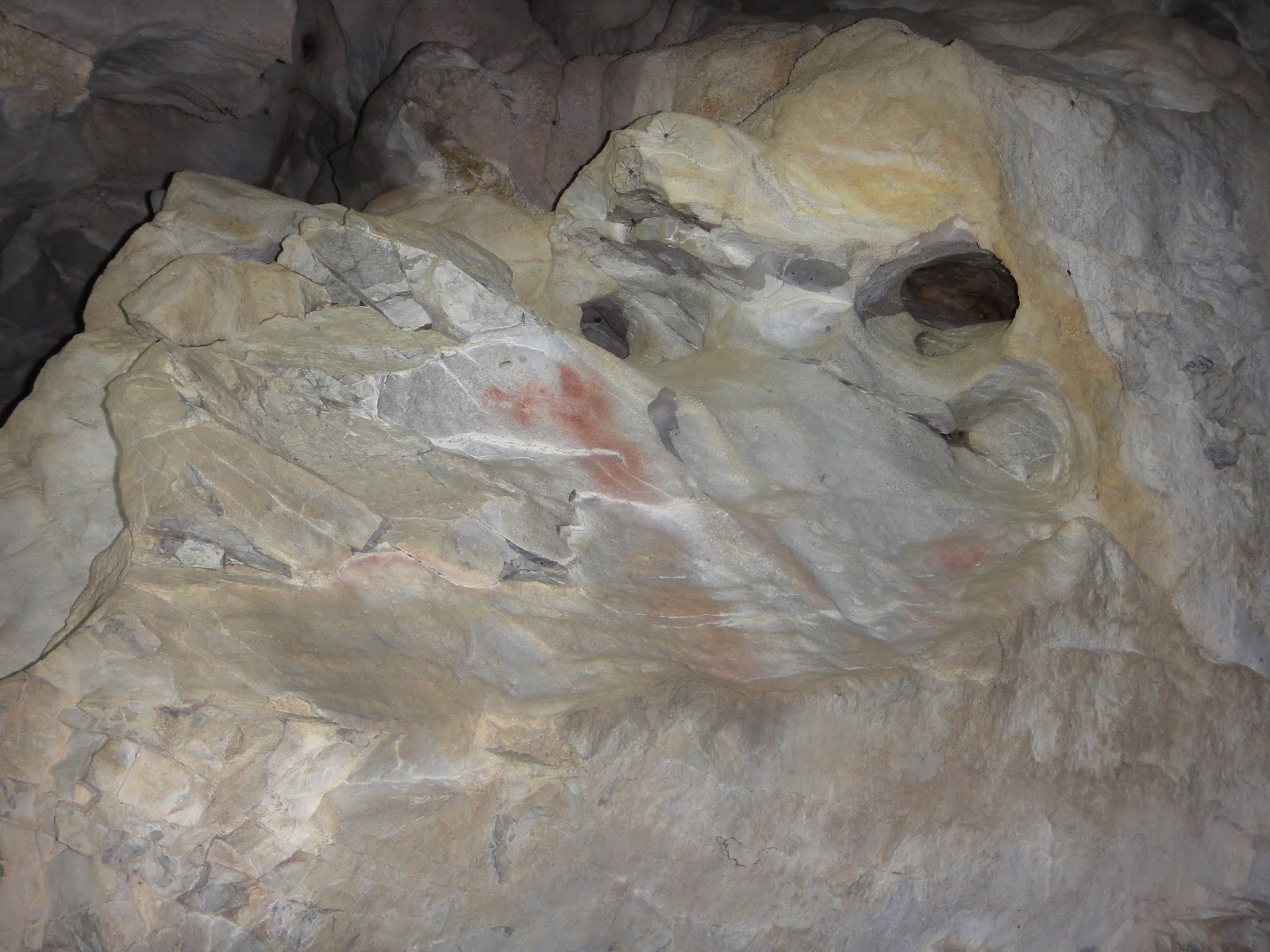
Rat’s Nest Cave, far from a romantic name, acquired its title from the Bushy-Tailed Woodrat, also known as a Packrat. When discovered, the cave’s entrance was filled with Packrat nests, concealing most of the tunnels and passageways. Once removed, the rest of the cave slowly revealed itself to early explorers. The tunnels and caverns were formed as glacial meltwater seeped through fractures and faults in the rock layers, slowly eroding the limestone and eventually creating the cave we have today. Rat’s Nest Cave is considered a wild cave, meaning it doesn’t feature paved walkways, overhead lighting, or handrails. It exists very much as it did when it was first discovered.
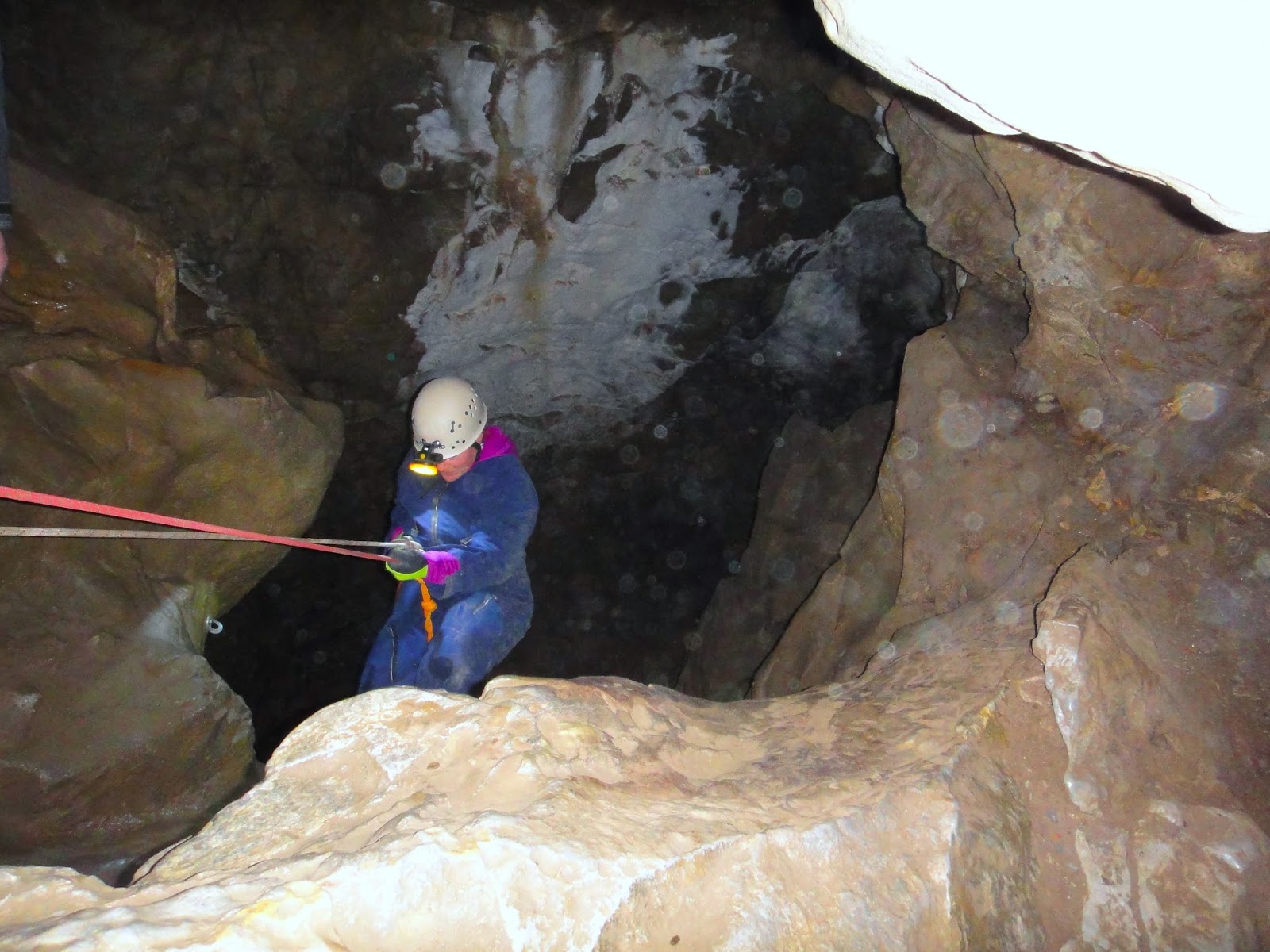
Safety is an important part of any adventure and caving is no exception. Caves are inherently dangerous places with slippery surfaces, narrow channels, uneven surfaces, and pure darkness. Our Senior Guide Chris, who was absolutely phenomenal, placed a high degree of importance on safety throughout the tour. Each group member was briefed on the gear and reminded about the dangers of the sport. The Alberta/BC Cave Rescue Service certifies all guides in Cave Rescue and each guide also holds certification in Wilderness First Aid.
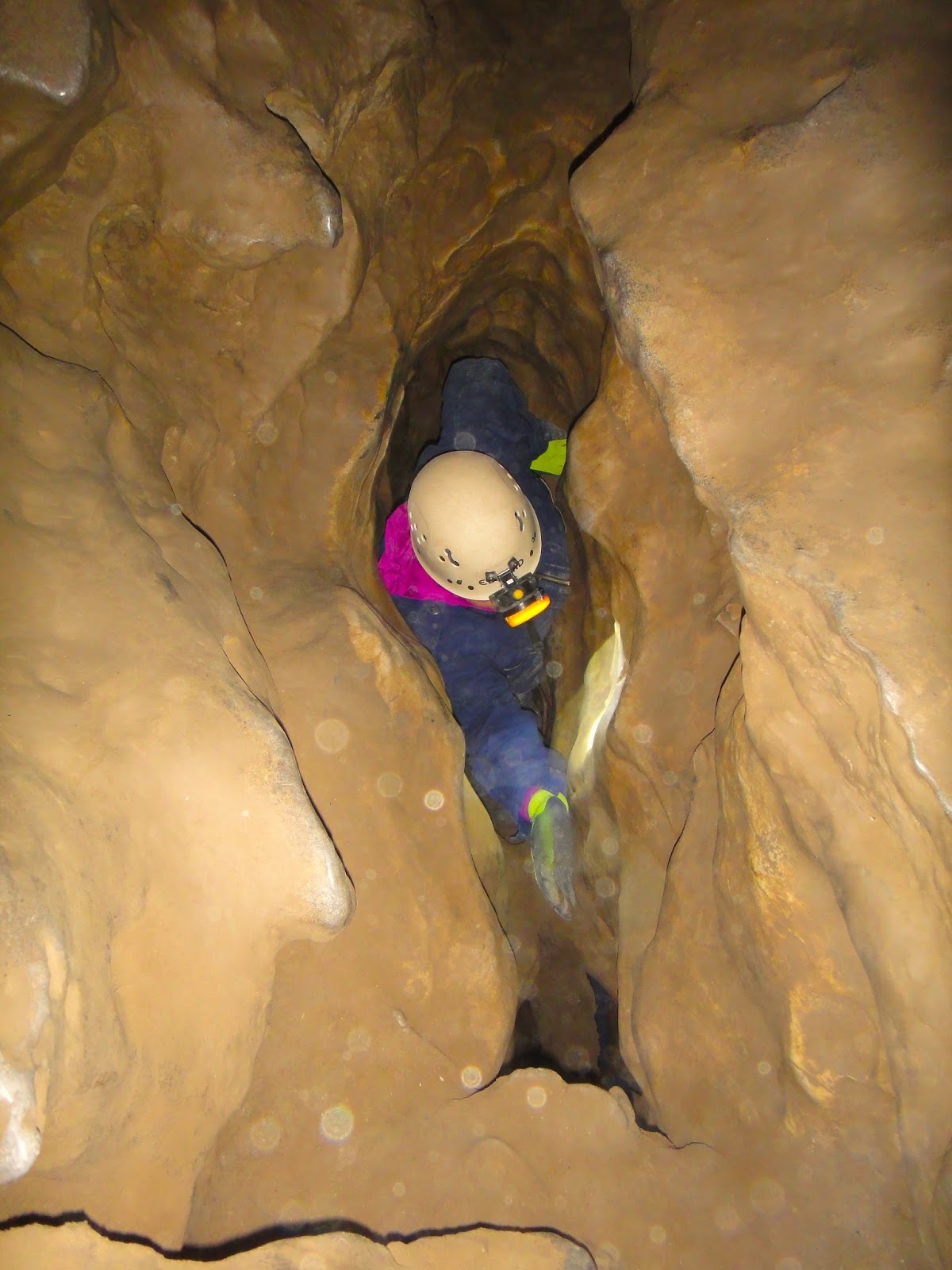
A short thirty-minute hike is required to reach the mouth of the cave. To protect the cave’s fragile environment the cave and a square-mile surrounding the entrance were designated a Provincial Historic Resource in 1987. The entrance is guarded by a large metal gate with openings big enough for wildlife (such as Packrats, bats, and shrews) to enter and exit, but too small for humans…unless you have the key! The cave sits on private land and access is controlled by Canmore Cave Tours in conjunction with the landowner. You need to be accompanied by a guide or granted permission to explore the cave on your own. Due to this careful management the cave remains largely in pristine condition, which is a major highlight for all who visit.
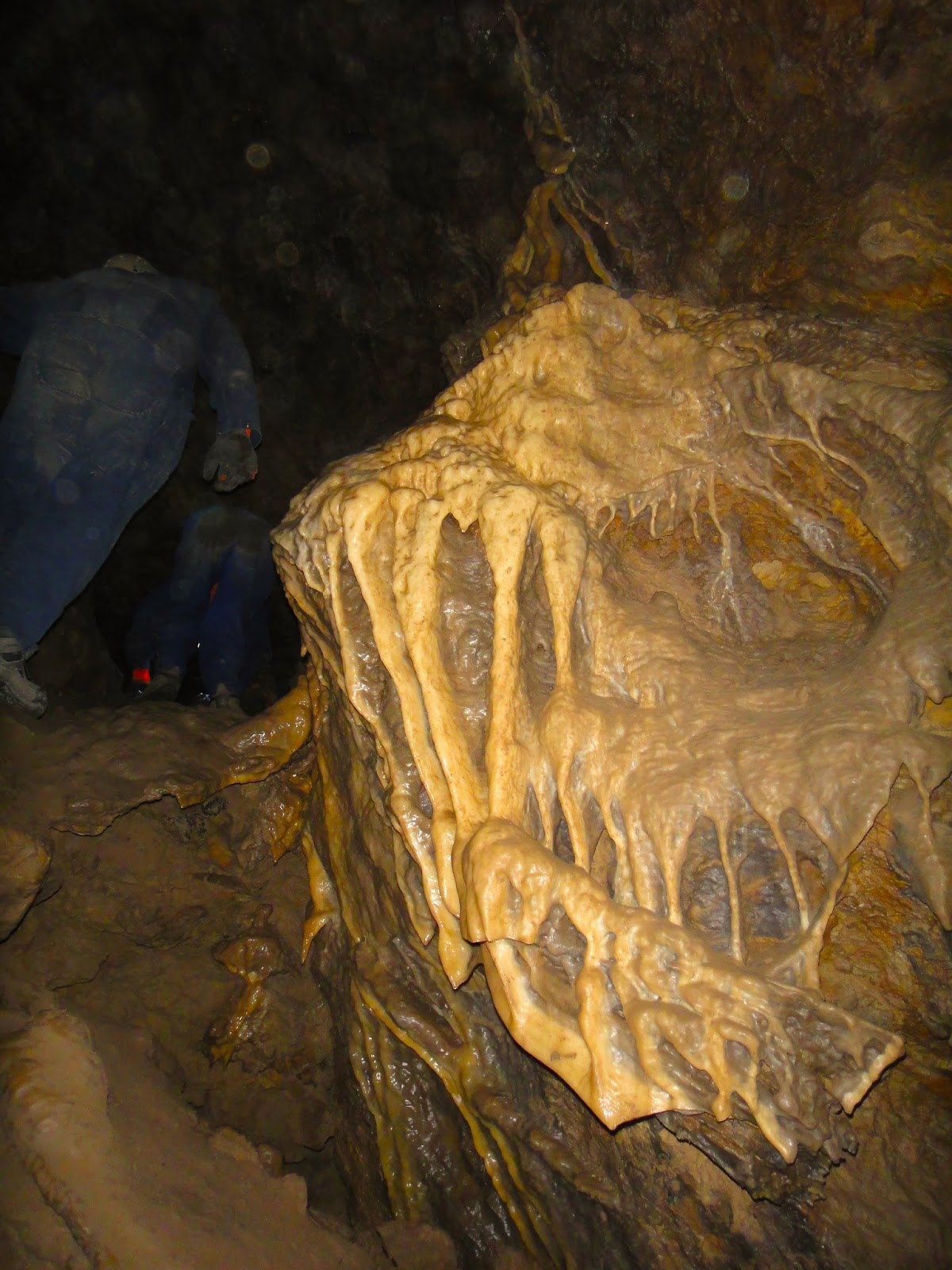
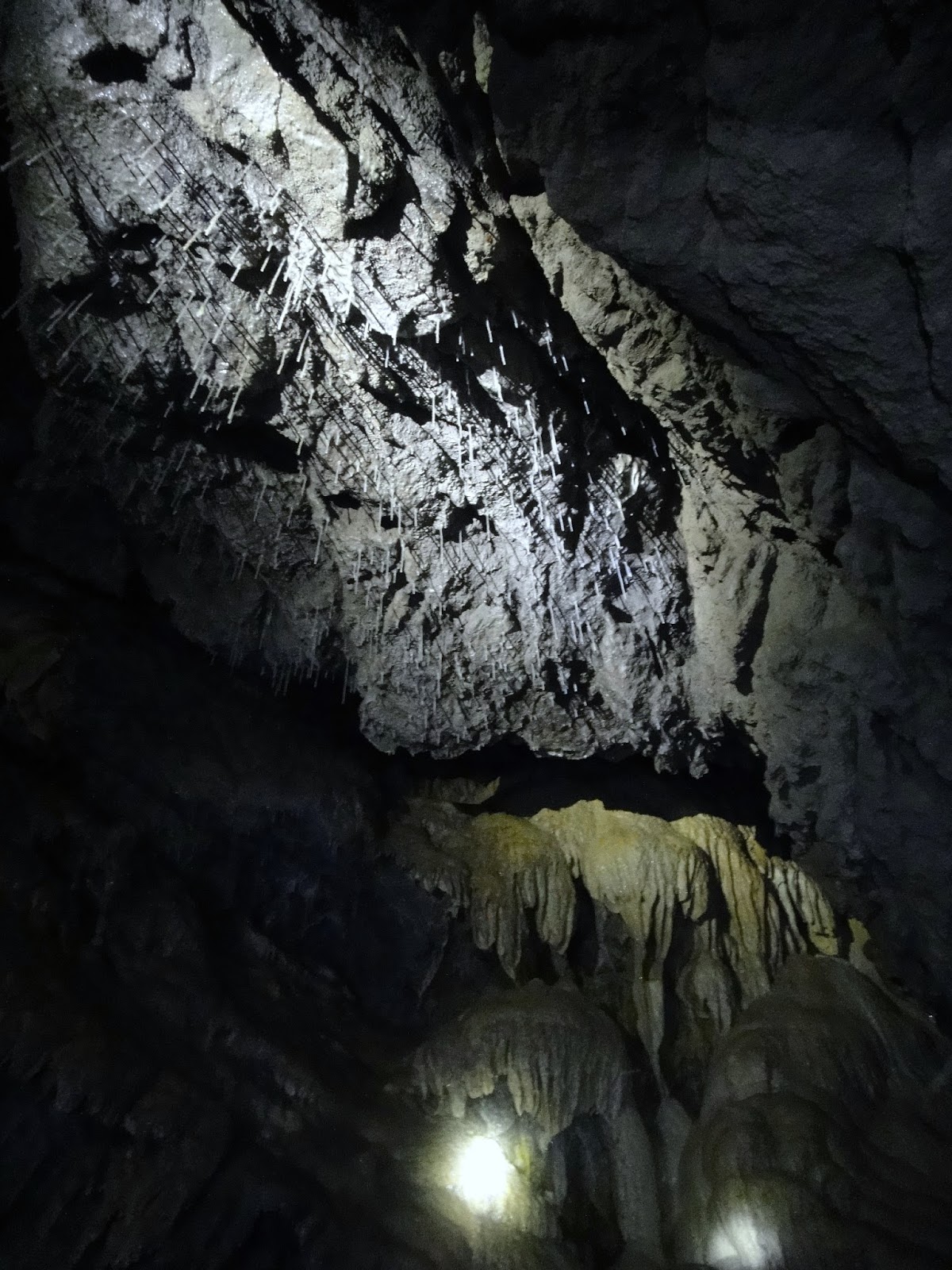
Once inside the real fun begins. The ambient temperature hovers around 4 degrees Celcius, so layering is important, but guests are kept fairly active throughout the experience so as not to get chilly. We opted for the Adventure Tour, the company’s flagship program, which has been recognized as a Canadian Signature Experience. This tour will keep you underground for about four hours and features an eighteen-metre rappel, three squeezes (Warm-Up, Challenge, and the Laundry Chute), as well as visits to the Grotto and Grand Gallery, the largest known room in this cave system. Throughout the day we were treated to facts and stories about the cave’s history, formation, inhabitants, geology, and shown examples of cave growth such as stalactites, stalagmites, soda straws, and more. As we first entered the cave we were able to peek over the ledge of a 15-metre chasm, affectionately referred to as the Bone Pit. At the bottom of this deep hole is a 2-metre deep pile of bones, containing the remains of at least 34 different species of wildlife, including bear, sheep, bison, elk, deer, fox, coyote, various birds, and even fish. Some were the result of unfortunate accidents, such as falling into the pit, while others arrived from above during times of flood and were washed into the cave. Others yet may have been the meal of our distant ancestors who, once finished, tossed their scraps into the pit; much like an ancient garburator.
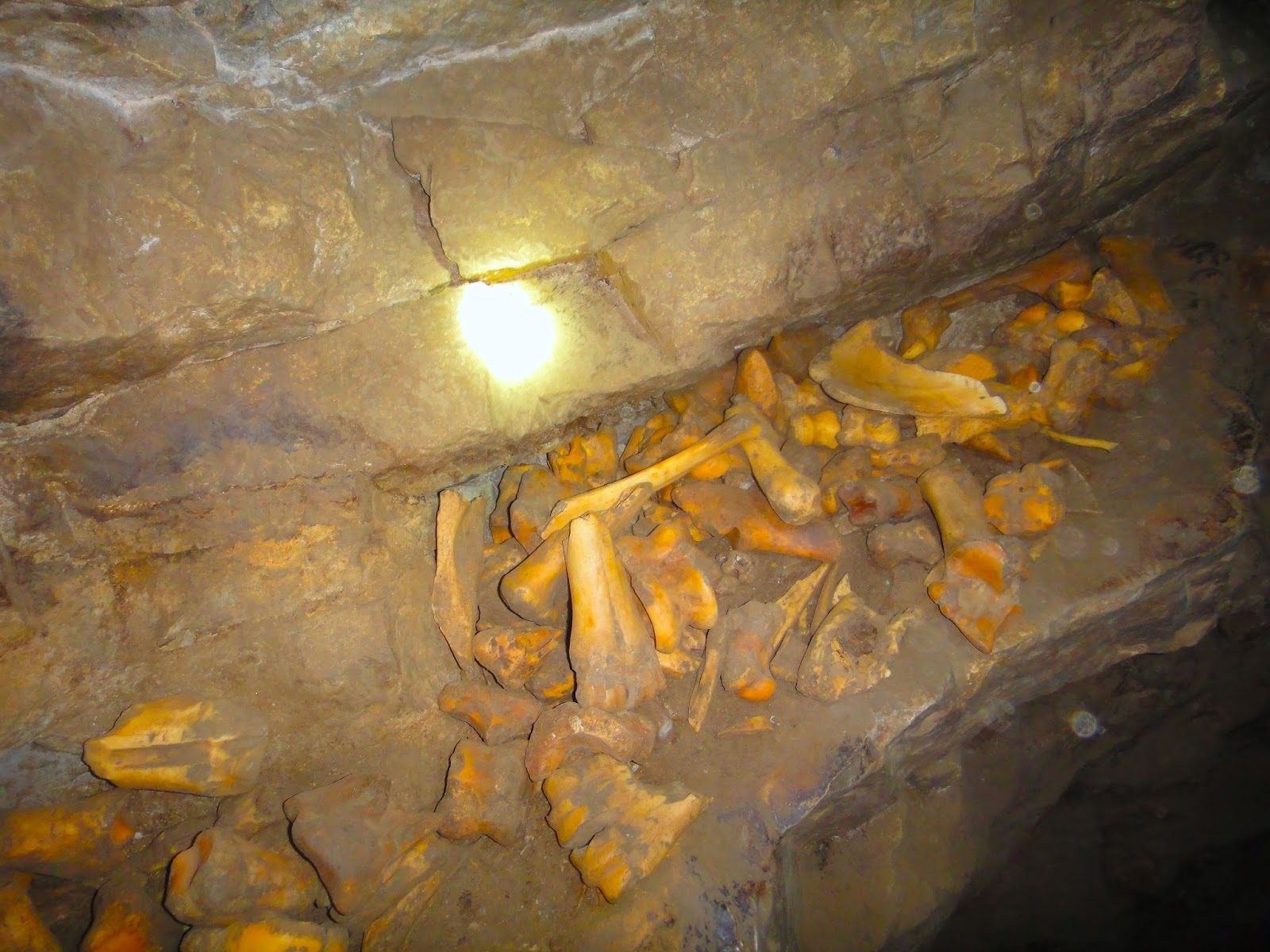
The cave tour is the perfect adventure for anyone looking to try something different or step outside his or her comfort zone. Although I likely wouldn’t recommend this type of activity to someone who suffers from claustrophobia, please note that many of the tight spaces are optional and there’s always a way around in case something pushes you too far. They definitely operate under the challenge by choice method, meaning if you’re not comfortable you can choose to forego it.
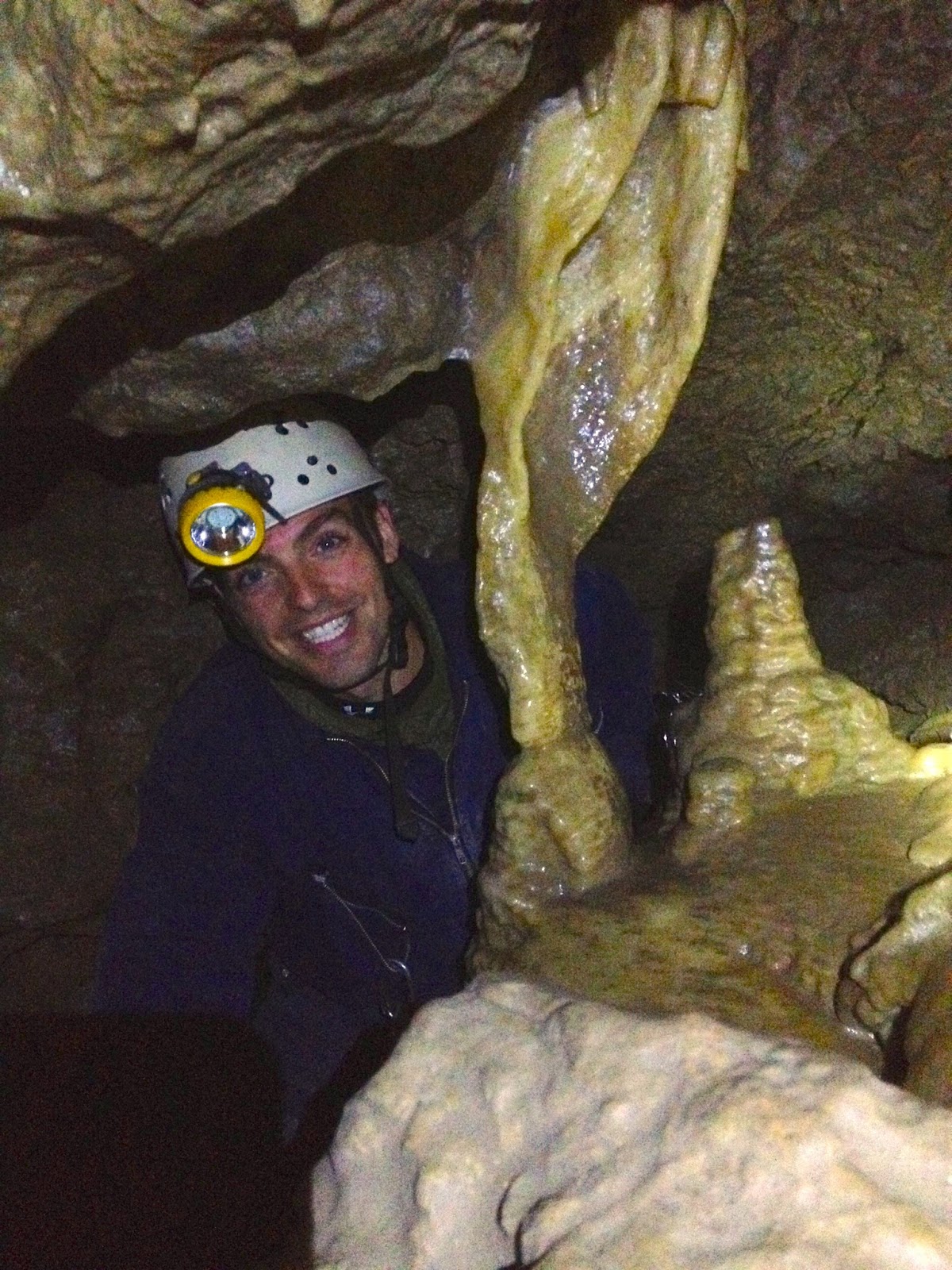
…as my mind races from one dreadful scenario to the next, I realize that I’m not actually stuck. Having felt the rock between my shoulder blades my brain went into survival mode. As my toes regained purchase on the ground I was able to wriggle myself free and slide out into an empty cavern on the other side. With beads of sweat running down my face (it’s not called the Warm-Up Squeeze for nothing) I smile sheepishly to myself, knowing full well I was never in any real danger. The mind can play tricks on you when it perceives a threat, even if that threat is manufactured internally. After all, stepping outside your comfort zone and pushing yourself further than you originally thought possible is all part of the experience. Realizing the openings were much larger than they appeared (and recognizing that Chris wouldn’t lie to me) made the rest of the tour much easier…including crawling back out of that original cavern unscathed.
If it’s a challenge you’re after or want an adventure unlike any other, look no further than Rat’s Nest Cave. You won’t be disappointed!
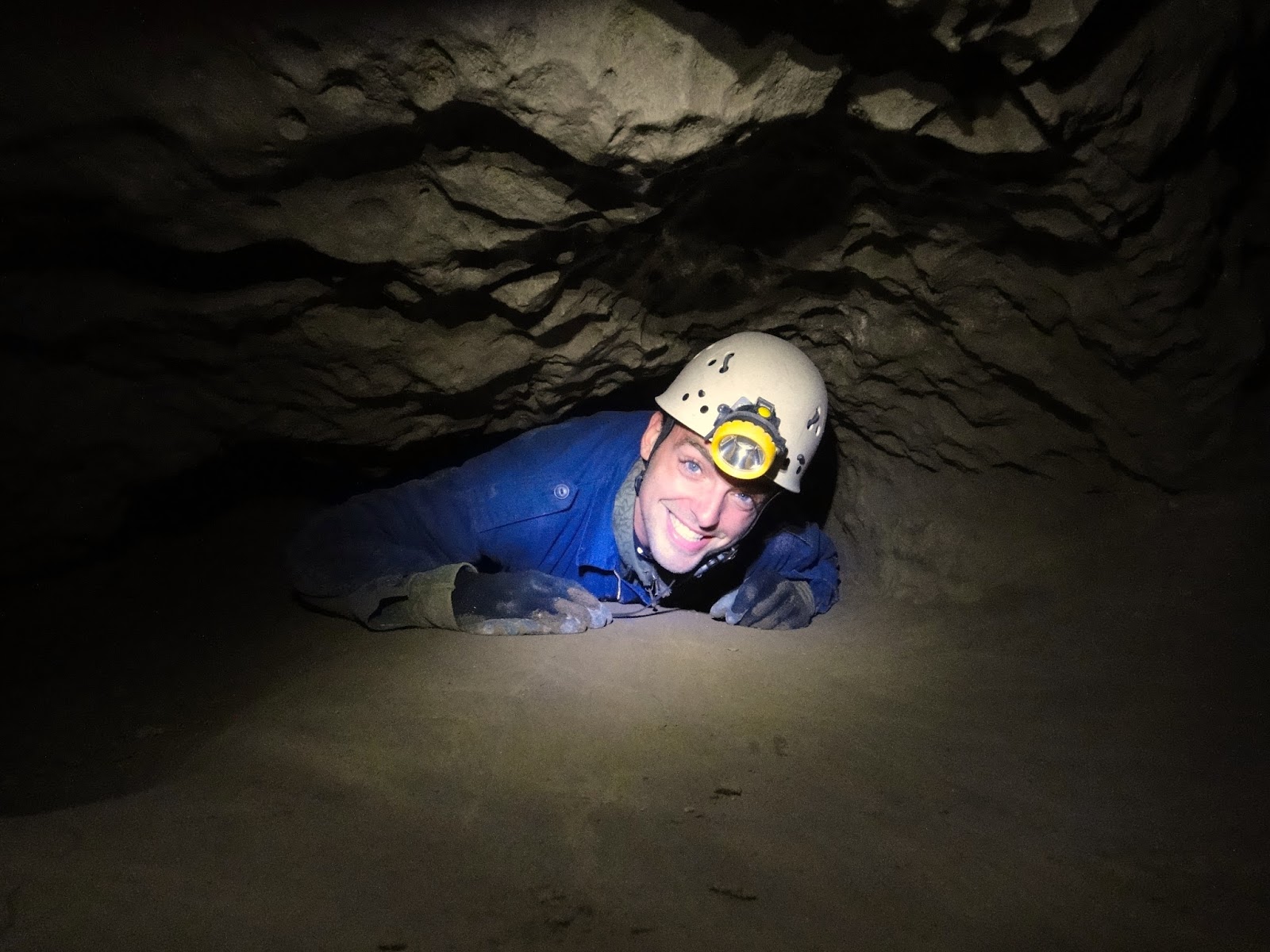
For additional information or to book a tour please visit the Canmore Cave Tours website. You can also follow them on Twitter and ‘Like’ them on Facebook. If you’d like more information about caving in Alberta or across Canada please visit the Alberta Speleological Society or the Caving Canada websites. I would also like to take this time to thank Adam and his staff for making this an incredible experience and to Chris for keeping us safe, entertained, and challenged throughout the day. Thank You All!
